Blue mussel showed excellent growth rates
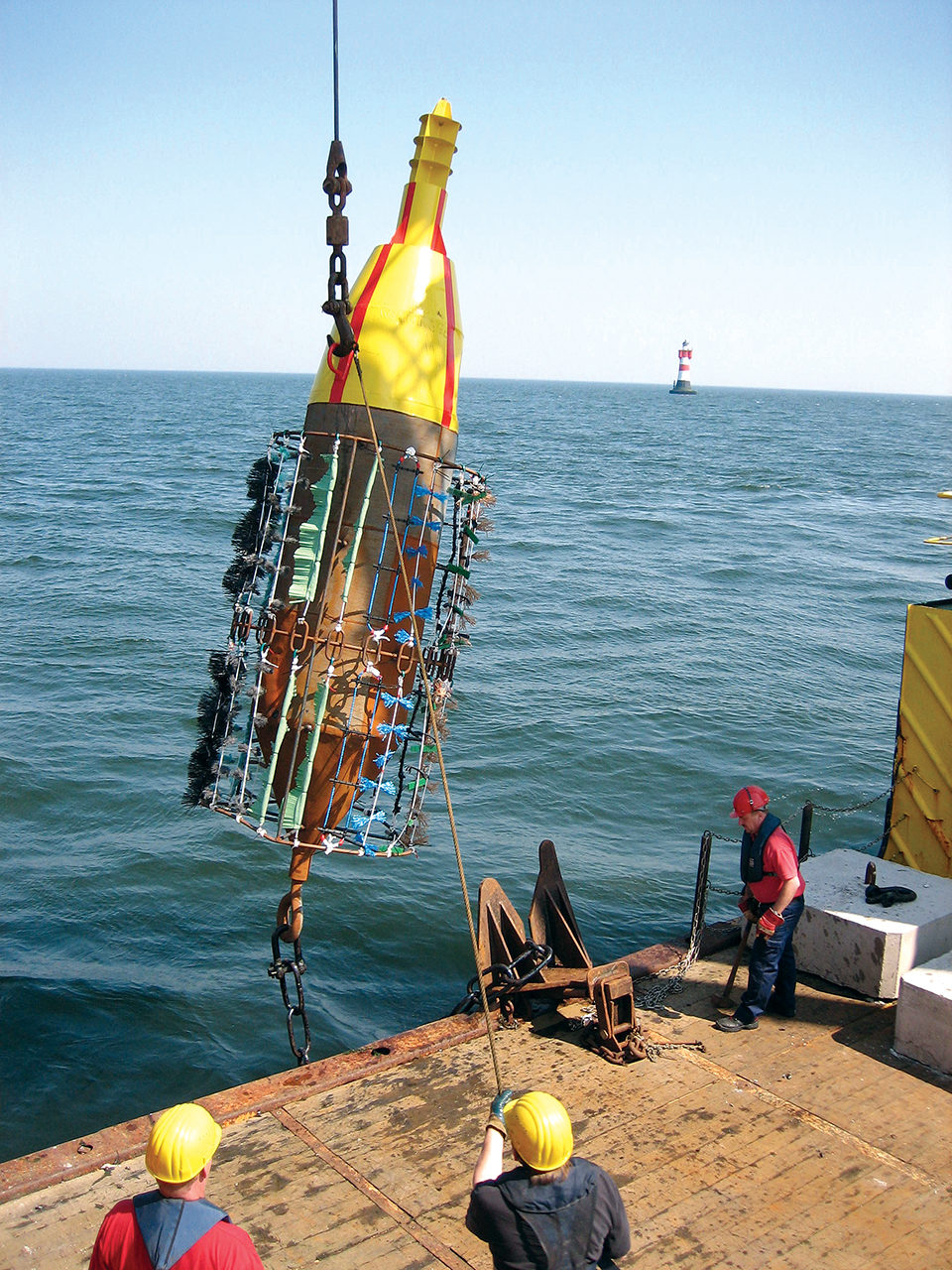
Wind energy is the world’s most dynamically growing energy source. The first initiative toward an economy based on renewable energy resources in Germany was set by the governmental decision to gradually reduce the use of nuclear energy. Plans were promoted to implement large wind farms far out in the German North Sea and large areas within the coastal sea. As wind energy operations only take place above water surfaces, the idea was born to co-use these areas for offshore aquaculture.
Offshore opportunity
Because no expansion of traditional bottom mussel culture is possible in the intertidal zone of the Wadden Sea due to licensing restrictions, environmental protections, and stakeholder conflicts, offshore aquaculture was considered a possibility. However, several questions remained.
Are longline cultivation techniques adaptable to high-energy environments and other new culture candidates? Is it feasible to attach the culture constructions to the groundings of the wind turbines, while maintaining the strong hydrodynamic conditions?
These were the main questions pursued by the authors and other scientists at the Alfred Wegener Institute for Polar and Marine Research when starting the first offshore aquaculture projects in 2000.
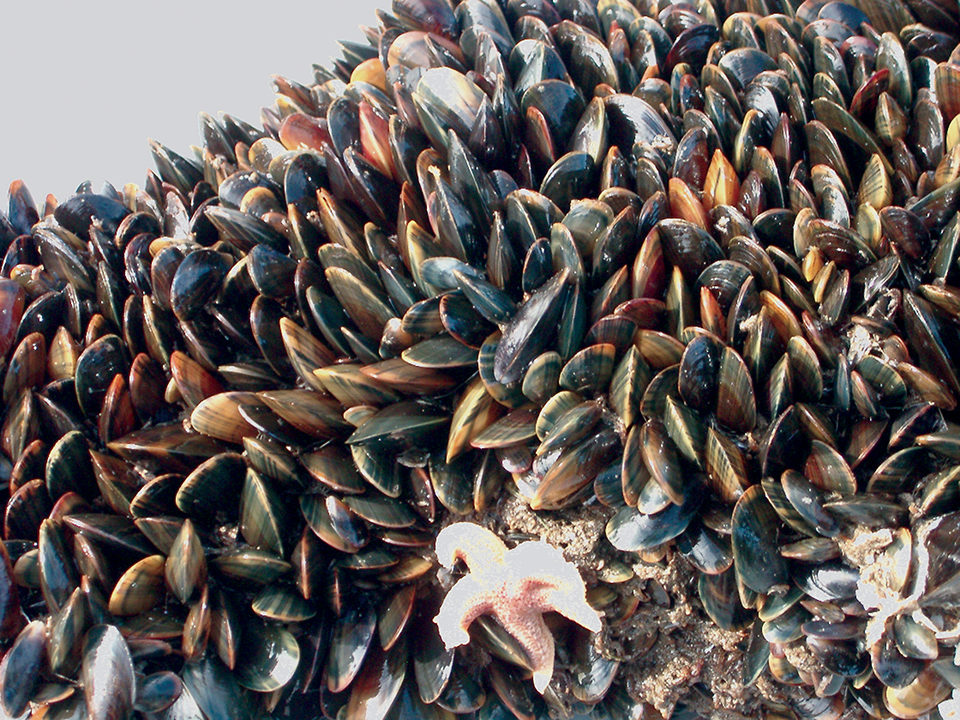
First results
Initial trial results showed that the basic biotic conditions in many parts of the German North Sea support the cultivation of mussels under harsh conditions. Food availability and quality, and larval supply are sufficient. The blue mussel (Mytilus edulis) showed excellent growth rates and reached market size within a season and a half.
Furthermore, modified and improved offshore culture techniques can now withstand the environmental forces of the North Sea. However, these new constructions could certainly raise investments costs. All such relevant site selection criteria of potential culture plots should be well known to calculate economic risks.
Parasitic infestations
Research also showed that macroparasites would be an important consideration. Although all known macroparasite species of blue mussels are considered harmless to human consumers, trade of obviously infested mussels is forbidden due to legal restrictions.
For example, the parasitic copepod (Mytilicola intestinales) is bright red in color, and at 4 mm in length, easily visible with naked eyes. It is simply an aesthetic problem. Interestingly, mussels grown offshore are free of macroparasites, in contrast to bottom-grown mussels in near-shore areas. The complex life cycle of parasitic trematodes is only completed near shore, where mussels, periwinkles, and sea birds live in close communities. Other parasitic copepods need the long-living natural beds of blue mussels to develop and establish their populations.
Infestations with microparasites and viruses may follow the same pattern, but in contrast to their larger counterparts, infestations of these parasites can provide serious risks to the health of consumers. Although the life cycles of common microparasites like Bonamia or Marteilia species are still unknown, their abundance might also be connected with the natural mussel beds near shore.
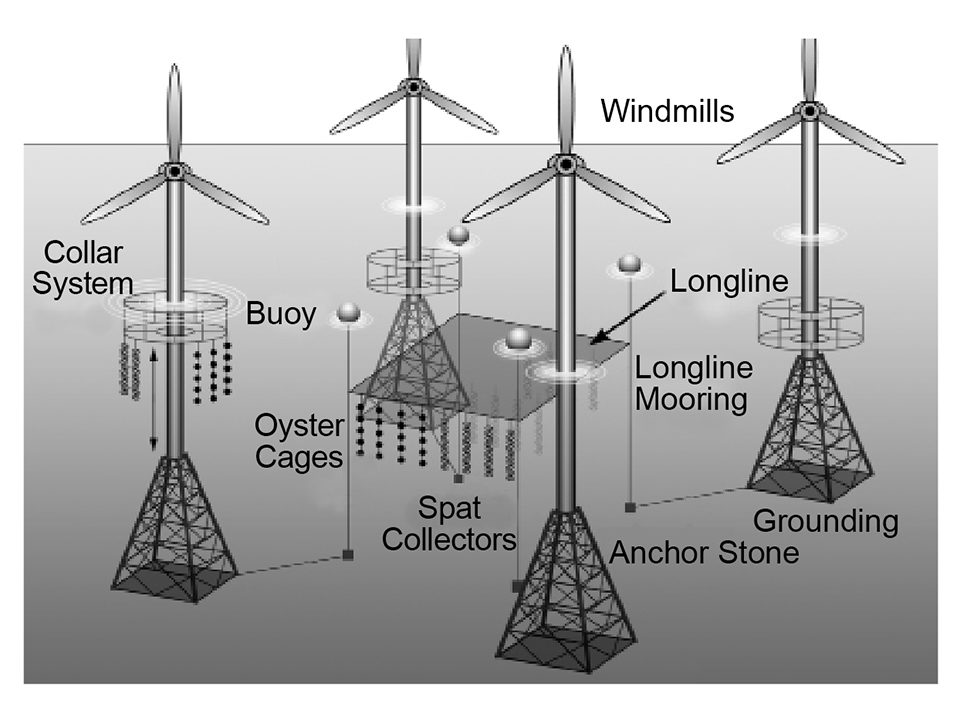
Water quality
One can assume that offshore areas have lower concentrations of pollutants, pesticides, and near-surface agents due to dilution of urban sewage and estuarine runoffs. In fact, offshore areas provide a maximum supply of clean water with good dissolved-oxygen conditions.
Mussels grown under such conditions accumulate fewer toxins and would likely have less stressed immune systems and better overall health than mussels grown in near- and inshore areas. As shown by various European research institutes, these factors result in higher growth rates and yield a qualitatively better product for human consumption.
Diagnostic tools
In a new approach, the authors are using modern biodiagnostic tools to quickly and inexpensively analyze site conditions and the overall health of mussels cultured in different offshore areas. With these methods, the tissue of the mussels’ digestive systems responsible for food uptake, storage of reserve substances, and detoxification provides a clear signal on the health status of the mussels.
For example, the condition of the surrounding membranes of lysosomes is tested. Lysosomes are usually responsible for the recycling of other spent cell organelles and metabolic products, as well as harmful substances that enter the cells.
When the storage capacities of lysosomes are overloaded, and cells are stressed by high concentrations of harmful substances, the lysosomal membranes can become unstable and pollutants leak back into the cytoplasm with serious risk for health. If membrane stability and the overall health status of mussels are low, more specific tests can elucidate the types and backgrounds of the causal pollution. In contrast, if lysosome membranes are stable, there is strong evidence that individual mussels grow under good water conditions.
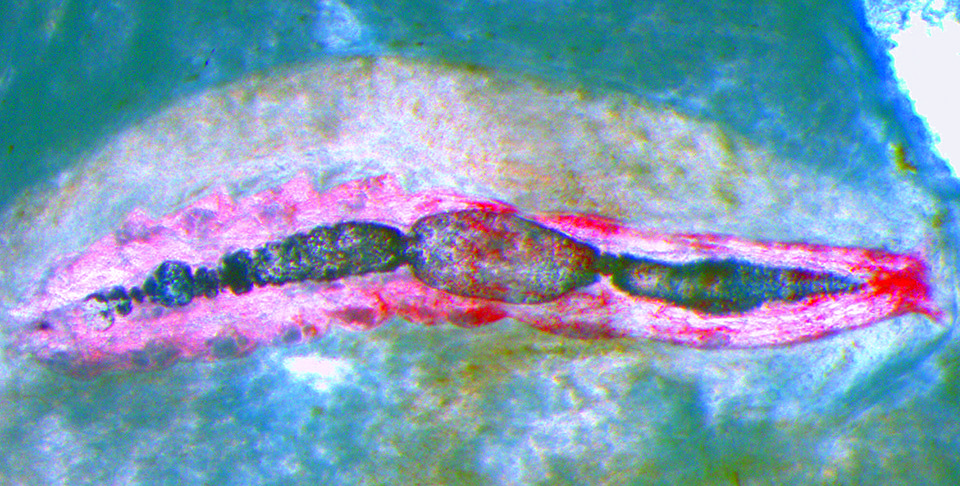
Targeted sites
The implementation of biodiagnostic methodologies to identify potential culture areas within the zones proposed for offshore wind farms is one focus of the new MytiFit project financed by the Ministry for Construction, Environment, and Transport in Bremen, Germany, and the Alfred Wegener Institute for Polar and Marine Research in Bremerhaven, Germany. Other aspects include the quantification of micro- and macroparasites, shell stability, and the attachment strength of mussels using different artificial substrates.
In a test field located in the vicinity of a planned offshore wind farm about 31 km off the coast at Bremerhaven, three test moorings with large buoyancy will be deployed to test the described parameters in different water depths.
The aim of the project is to accumulate relevant information for the selection of appropriate cultivation sites for mussels in the planned wind farm areas. The prediction of rapid growth and high product quality should compensate for the higher investment costs of the culture systems and help install a functioning offshore aquaculture system in the German Bight.
(Editor’s Note: This article was originally published in the January/February 2007 print edition of the Global Aquaculture Advocate.)
Now that you've reached the end of the article ...
… please consider supporting GSA’s mission to advance responsible seafood practices through education, advocacy and third-party assurances. The Advocate aims to document the evolution of responsible seafood practices and share the expansive knowledge of our vast network of contributors.
By becoming a Global Seafood Alliance member, you’re ensuring that all of the pre-competitive work we do through member benefits, resources and events can continue. Individual membership costs just $50 a year.
Not a GSA member? Join us.
Authors
-
Matthias Brenner
Marine Aquaculture
Alfred Wegener Institute for Polar and Marine Research
Am Handelshafen 12
D-27570 Bremerhaven, Germany -
Bela H. Buck
Marine Aquaculture
Alfred Wegener Institute for Polar and Marine Research
Am Handelshafen 12
D-27570 Bremerhaven, Germany -
Angela Köhler
Marine Aquaculture
Alfred Wegener Institute for Polar and Marine Research
Am Handelshafen 12
D-27570 Bremerhaven, Germany
Related Posts
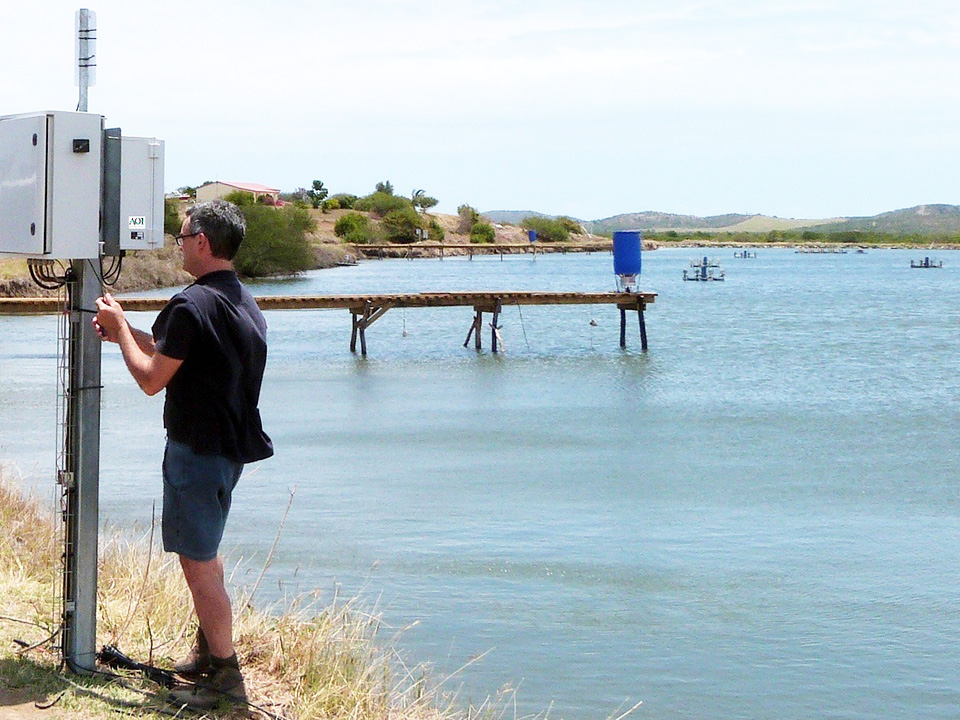
Innovation & Investment
Acoustic control improves feeding productivity at shrimp farms
In systems recently developed for shrimp farms, passive acoustic-based technology enables sensor-based control of multiple automatic feeders. Improved growth and feed conversion have been recorded at commercial farms using the technology.
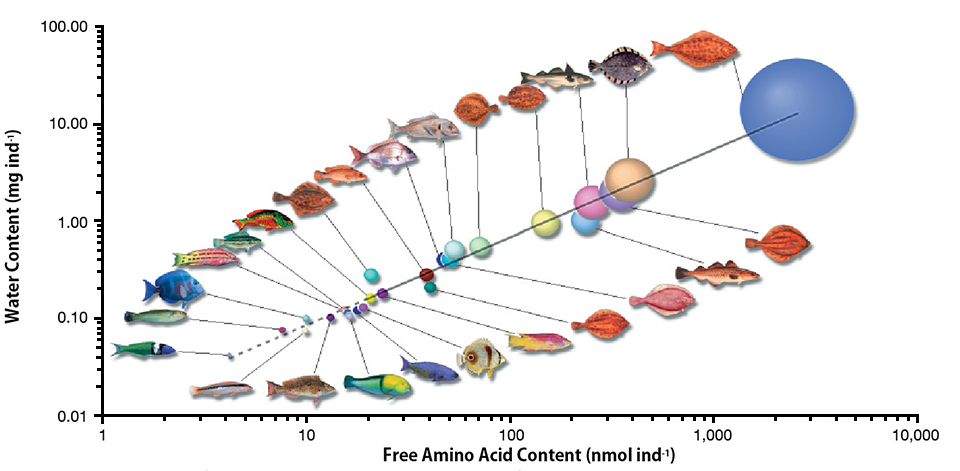
Aquafeeds
Amino acid requirements in developing marine fish
Most marine fish have pelagic eggs with large pools of free amino acids of fairly constant proportion regardless of species. The amino acids provide energy for metabolism and are an important nutritional asset for growing embryos.
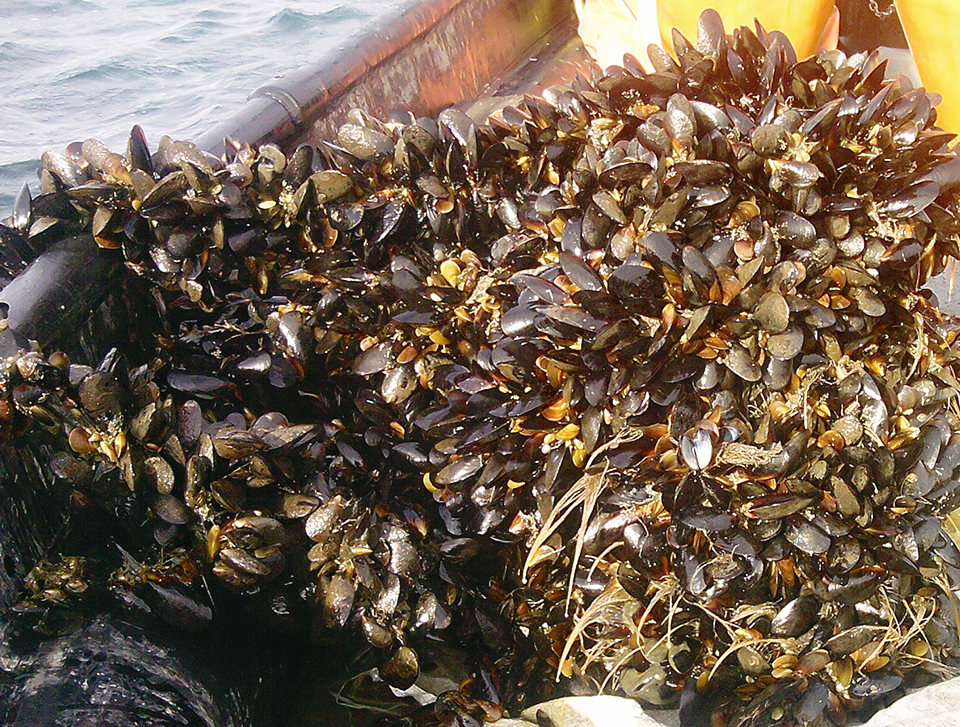
Intelligence
An overview of mussel culture in Chile
While Chile’s mussel industry has entered a growth phase, challenges remain, especially in the seed production and grow-out components. This contrasts with the well-developed nature of the country’s processing plants and marketing outlets.

Responsibility
A look at integrated multi-trophic aquaculture
In integrated multi-trophic aquaculture, farmers combine the cultivation of fed species such as finfish or shrimp with extractive seaweeds, aquatic plants and shellfish and other invertebrates that recapture organic and inorganic particulate nutrients for their growth.



